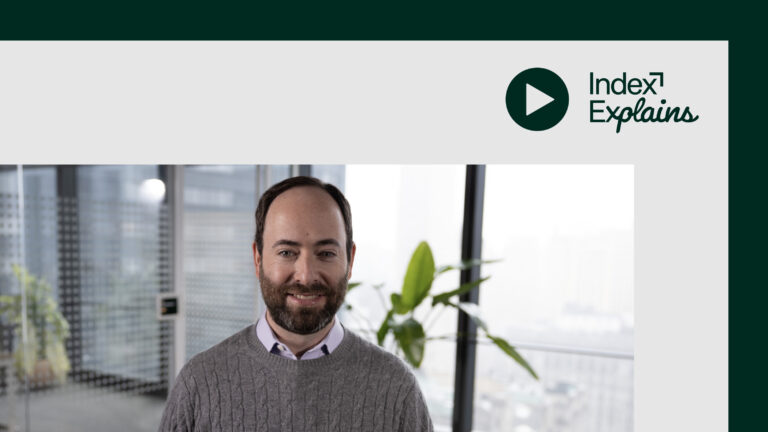A step-by-step breakdown of the ad call process
In programmatic advertising, RTB powers the dynamic buying and selling of digital ad space. It emerged years ago to provide a more efficient, automated way for the many parties involved in an ad transaction to work together. It replaced manual and time-consuming processes with one that now happens almost instantly.
Let’s break down the process of an ad call step by step and look at how the process varies for different types of transactions, like private auctions and programmatic guaranteed deals.
- Every programmatic transaction starts with a consumer visiting a website, opening an app, or streaming a show. This creates an ad opportunity.
- The media owner’s ad server receives a call from the page or app identifying the available ad space, then contacts the supply-side platforms (SSPs) it’s connected to. SSPs help media owners monetize their ad inventory by managing auctions and connecting to programmatic buyers.
- The SSPs receive information about the ad opportunity from the media owner—like the ad size or duration, site or app, and audience details—and express it in the form of a bid request to demand-side platforms (DSPs). DSPs help media buyers run and optimize their campaigns by using data and algorithms to reach the right audiences with the right creative messaging.
- DSPs analyze the bid request and decide whether to bid, sending back their bid response with the ad they want to show the consumer and the amount they’re willing to pay.
- The SSP conducts an auction to determine the winning bid based on which best matches the media owner’s criteria, which may include bid price or audience match, among other factors.
- The SSP then selects the winning bid and sends it back to the media owner’s ad server, which delivers the ad to the consumer—this entire process happens in milliseconds.
While this is the standard flow for open market RTB auctions, the process can vary based on the type of transaction as well as the presence of other parties in the ad tech ecosystem, like data providers or brand safety vendors.
How the ad call process works for other types of programmatic transactions
Let’s look more closely at how different transactions, like private or curated marketplaces and programmatic guaranteed deals, work. These deals all rely upon a unique deal ID embedded within the bid request which identifies the opportunity.
Private marketplace deals
Private marketplace (PMP) deals function much like open market auctions, but with additional deal parameters that influence bidding and pricing. When a media owner makes an ad opportunity available, the request is sent to SSPs, which gather relevant details—such as location, ad format, and audience signals. Deals that match an ad request are added to the opportunity, and the applicable deal ID is included in the bid request.
These deal IDs indicate to DSPs that specific pricing, targeting rules, or priority access apply to the opportunity based on pre-existing agreements. Some deals may be exclusive to specific buyers, while others are available to many.
The included buyers will then evaluate the opportunity and place their bids accordingly. The SSP then selects the highest eligible bid and returns it to the media owner, who finalizes the winner, and the ad is rendered.
Programmatic guaranteed deals
Note that while programmatic guaranteed (PG) deals are still executed using a deal ID, they work a bit differently because there’s no auction involved. They’re one-to-one deals, so the media owner and marketer negotiate the deal terms directly. This includes the number of guaranteed impressions, audience targeting, and a fixed price.
In this case, the media owner creates a unique deal ID based on these terms and syncs it with all parties involved.
When an ad opportunity matches the pre-negotiated parameters, the bid request is automatically passed to the marketer’s DSP. The DSP responds, the bid automatically wins, and the ad is served.
From complexity to clarity in programmatic
The details of programmatic advertising can seem complex, but an understanding of the transaction flow can help support decision-making and better outcomes throughout the advertising ecosystem.
Whether you work within a brand, ad agency, media owner, or technology provider, knowing how each step works—and how different deal types impact the process—gives you the insight needed to navigate this fast-moving space.
Understanding the ad call process is just the beginning. Get in touch with a member of our team to begin optimizing your campaigns today.








